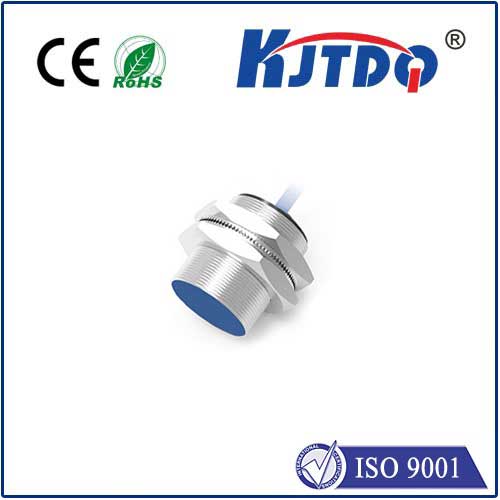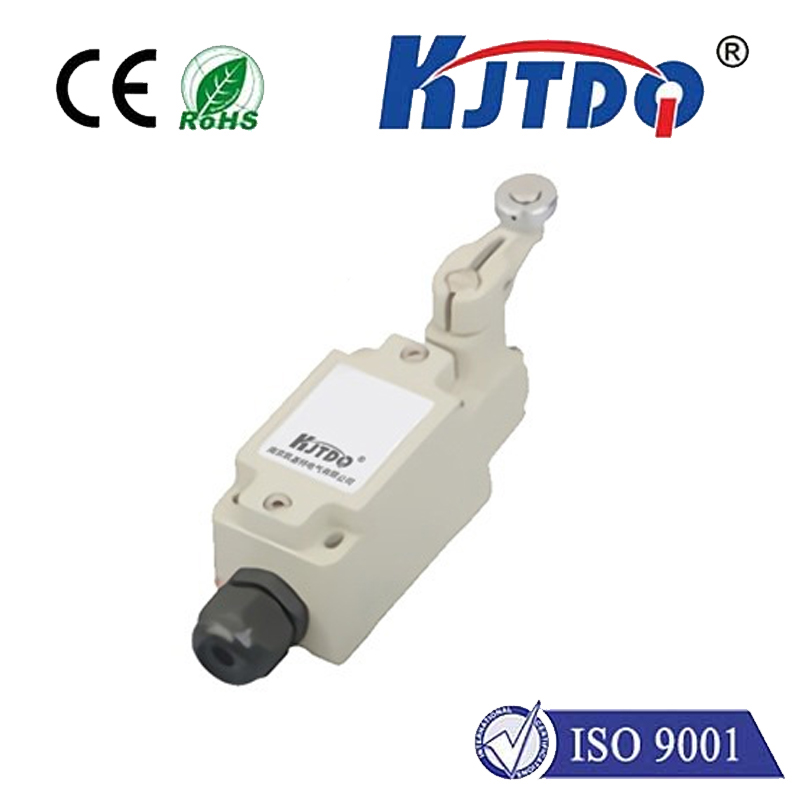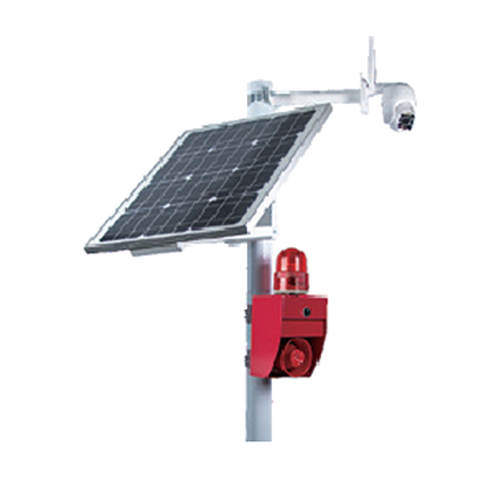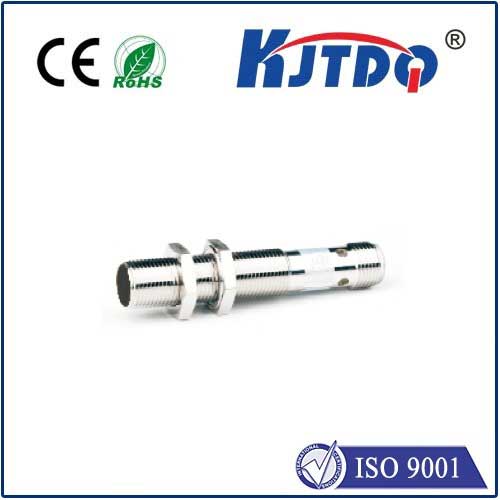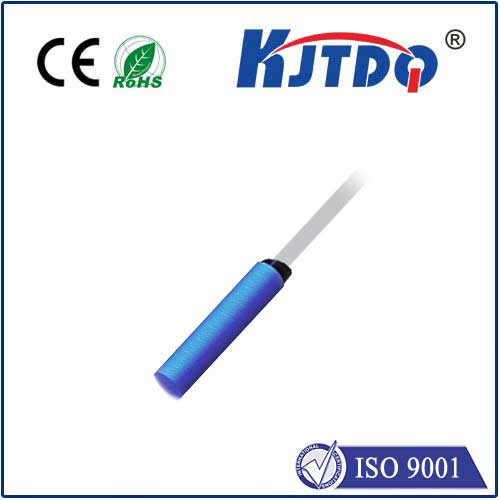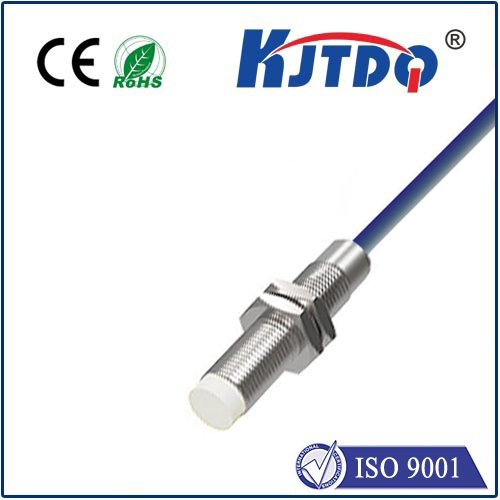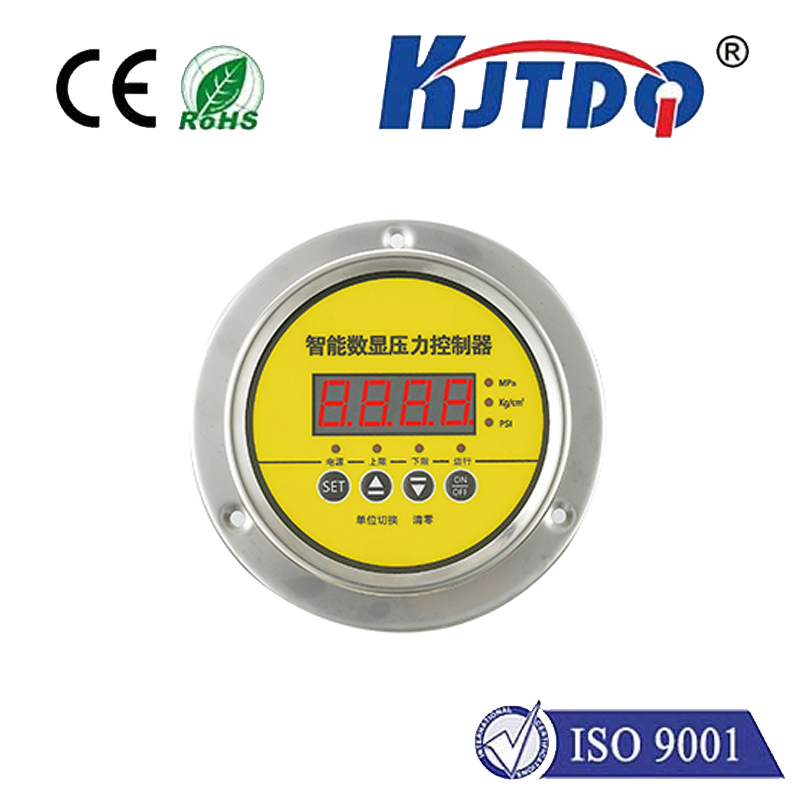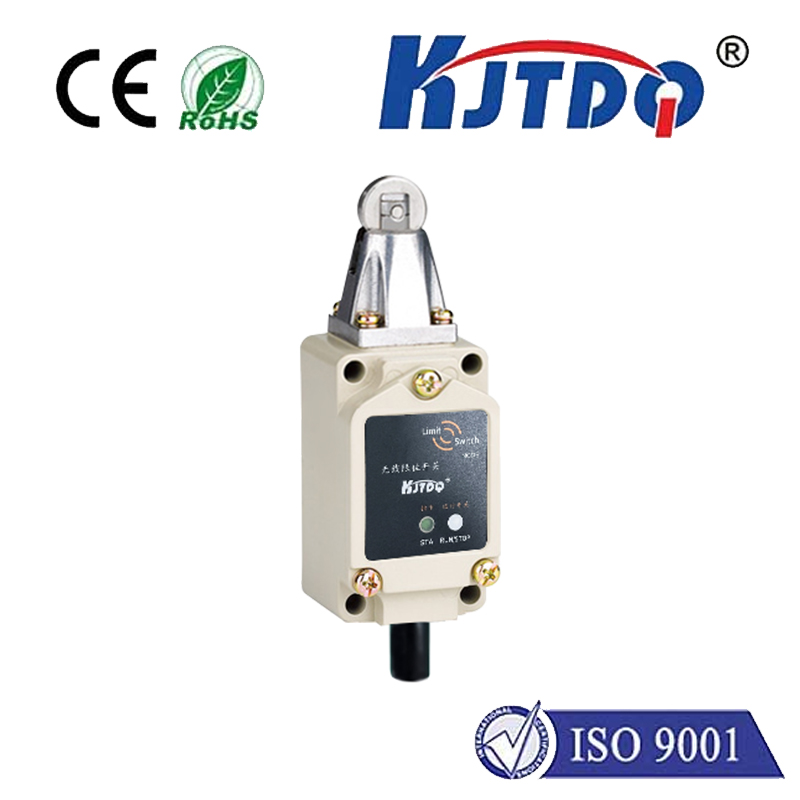pnp 8mm proximity sensors
- time:2025-09-09 04:35:55
- Нажмите:0
Unlocking Efficiency: The Essential Guide to PNP 8mm Proximity Sensors in Industrial Automation
Picture a high-speed assembly line: components whizz by, robotic arms move with precision, and productivity is paramount. In the midst of this orchestrated chaos, countless tiny, unsung heroes silently perform critical detection tasks – without physical contact. Among the most versatile and widely deployed are PNP 8mm proximity sensors, compact powerhouses enabling seamless automation and machine control.
Understanding the Essentials: What are PNP 8mm Proximity Sensors?
Let’s break down their core identity:

- Proximity Sensor: An electronic device that detects the presence or absence of near objects without needing physical contact. It achieves this using electromagnetic fields (typically inductive type for metals), capacitive fields, ultrasonic waves, or photoelectric beams. Inductive sensors, the most common type for detecting metal objects, dominate the 8mm form factor.
- 8mm: This crucial specification refers to the sensor’s cylindrical barrel diameter. An 8mm diameter represents a highly compact size, making these sensors ideal for installing in tight spaces where larger sensors simply won’t fit – think small machine tools, compact actuators, or densely packed control panels.
- PNP (Sourcing): This defines the sensor’s electrical output configuration and switching behavior.
- When the sensor detects a target within its specified range (normally open, NO configuration is most common), the PNP output actively connects the load (like a PLC input) to the positive supply voltage (+V). Think of it as sourcing current to the load. Its output signal is HIGH (+V) when active.
- When no target is present, the output is in a high-impedance state (effectively open), allowing the load’s own circuits (often a PLC input pull-down resistor) to bring the signal low.
Why Choose PNP 8mm Sensors? Key Advantages Driving Adoption
The combination of PNP operation and the compact 8mm size delivers compelling advantages in diverse industrial settings:
- Unmatched Compactness: The small footprint is their defining feature. This allows installation in locations where space is at an absolute premium:
- Inside tight machinery housings
- Alongside miniature actuators or cylinders
- On small robotic end-effectors
- In control cabinets with dense wiring
- Wider PLC Input Compatibility: Many modern Programmable Logic Controllers (PLCs), especially in Europe and increasingly globally, are configured to readily accept PNP (sourcing) signals directly into their sinking digital input modules. This often simplifies wiring compared to NPN sensors, which may require additional pull-up resistors or specialized input cards. Simplified integration is a significant operational benefit.
- Simplified Troubleshooting: Because the active PNP signal is a positive voltage (like 12V or 24V DC), troubleshooting with a multimeter is often considered more intuitive. A HIGH voltage reading when the sensor should be “on” confirms output functionality, making diagnostics quicker for maintenance personnel.
- Sufficient Sensing Range: While offering exceptional compactness, 8mm inductive sensors still provide a practical sensing range, typically around 2-3 mm (depending on the specific sensor and the target metal type/size). This range is perfectly adequate for detecting tool positions, cylinder end positions, presence of small metal parts, or valve status in numerous applications.
- Robustness & Reliability: Designed for demanding industrial environments, these sensors feature rugged casings (often nickel-plated brass or stainless steel) resistant to vibration, impacts, cutting fluids, coolants, and general shop-floor grime. Long operational life translates to reduced downtime and maintenance costs.
- Многогранность: Primarily inductive for metals, PNP 8mm sensors also come in capacitive versions for detecting non-metals (liquids, plastics, wood), and shielded/non-shielded inductive variants offering different mounting flexibility and resistance to nearby metal interference.
Where Do PNP 8mm Proximity Sensors Shine? Core Applications
Their unique blend of size, performance, and electrical characteristics makes them indispensable across numerous sectors:
- Factory Automation: Detecting positions on linear slides, confirming the presence of small metallic parts on conveyors or feeders, verifying cylinder end positions in pneumatic/hydraulic systems, monitoring tool changes in CNC machines.
- Packaging Machinery: Verifying the presence of foil seals, lids, or small metal components within compact packaging units; monitoring the position of servo-driven actuators.
- Small Robotics & Cobots: End-effector tool detection, gripper position feedback, collision avoidance sensing in collaborative robot workspaces where compactness is critical.
- Перевозка материалов: Detecting small metal items on miniature sorting lines or transfer mechanisms.
- Станки: Confirming tool presence in holders, detecting fixture clamp positions, monitoring spindle orientation.
- Control Panel Monitoring: Providing status feedback on circuit breakers, contactors, or selector switches within densely packed enclosures.
Critical Selection Factors: Beyond Just PNP and 8mm
Choosing the right PNP 8mm proximity sensor requires careful consideration of your specific application:
- Type (Inductive/Capacitive): Inductive for metals. Capacitive for non-metals, level detection, or seeing through thin non-metallic barriers.
- Shielded (Flush Mountable) vs. Non-Shielded: Shielded sensors can be installed flush into metal brackets, offering protection and saving space, but have a slightly shorter sensing range. Non-shielded sensors provide a longer range but require an installation gap free of surrounding metal.
- Sensing Range: Verify the specific operating distance required for your target and mounting constraints, even within the 8mm size.
- Output Configuration:ПНПNormally Open (NO) is standard. Ensure it matches your PLC input requirements or control logic.
- Supply Voltage: Match sensor voltage (e.g., 10-30V DC) to your system power.
- Connection Type: Factory-wired cables (various lengths/IP ratings) or connectors (like M8 or M12 3-pin or 4-pin) offer flexibility. M8 connectors are particularly popular for 8mm sensors due to their proportionate size.
- Environmental Rating (IP Rating): Choose an Ingress Protection rating (e.g., IP67, IP68, IP69K) suitable for exposure to dust, water washdown, oils, or chemicals. IP67 and IP68 are common industrial standards.
- Target Material & Size: Inductive sensors’ range depends heavily on the target’s material (steel > aluminum > brass > copper > stainless steel) and size. Ensure your target material and minimum size are compatible with the sensor’s specifications.
PNP 8mm proximity sensors exemplify the principle that great things often come in small packages. Their unparalleled compactness, reliable PNP sourcing output, and robust industrial design make them a fundamental component, solving intricate detection challenges within the tight confines of modern automated systems. By understanding their operation, key benefits, and application nuances, engineers and technicians can leverage these precision components to build smarter, more efficient, and more reliable machines and processes. Whether ensuring a robot gripper has a part, verifying a cylinder is fully retracted, or detecting the presence of a tiny metal component on a high-speed line, the PNP 8mm proximity sensor is a workhorse of industrial automation, delivering critical feedback exactly where it’s needed.


